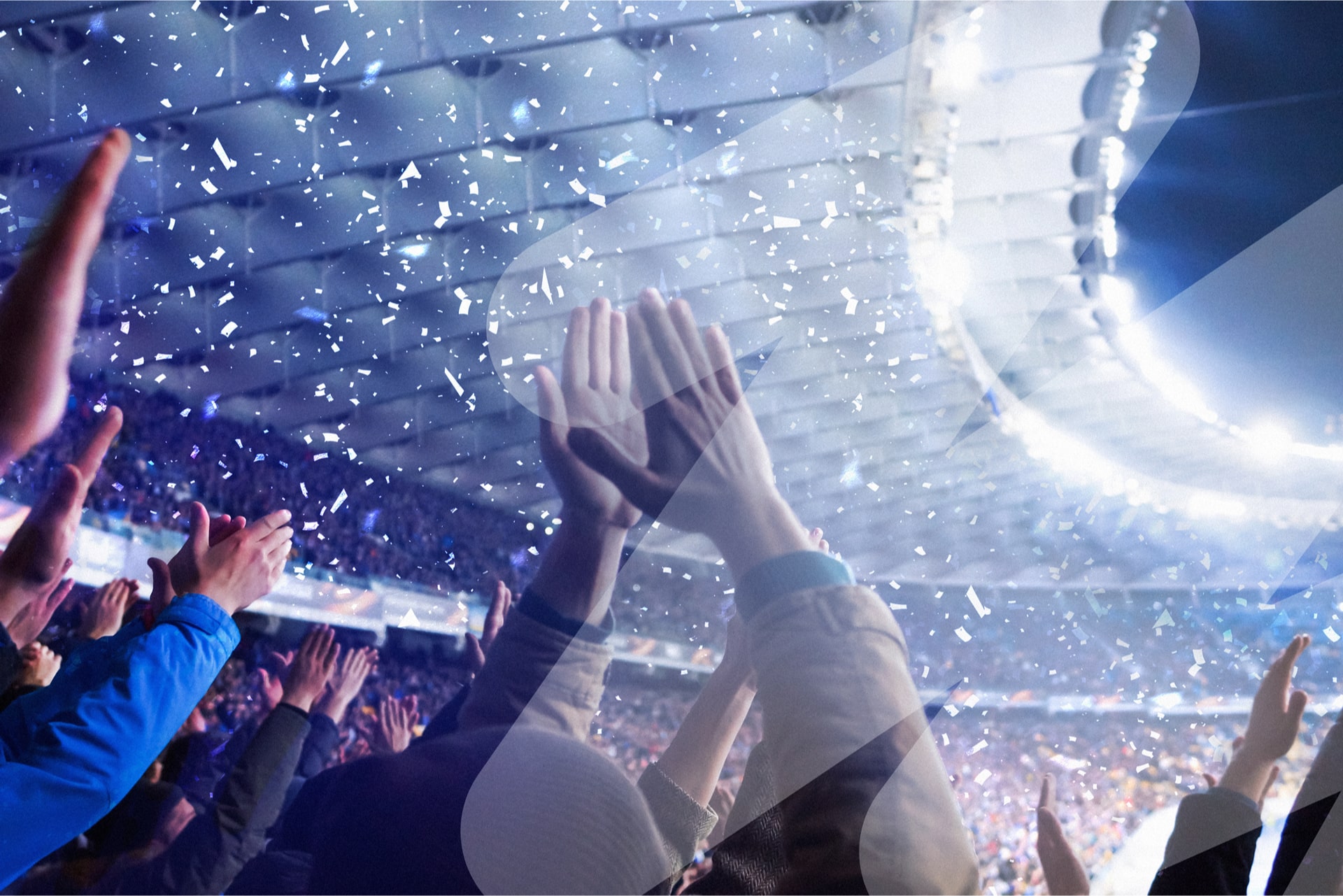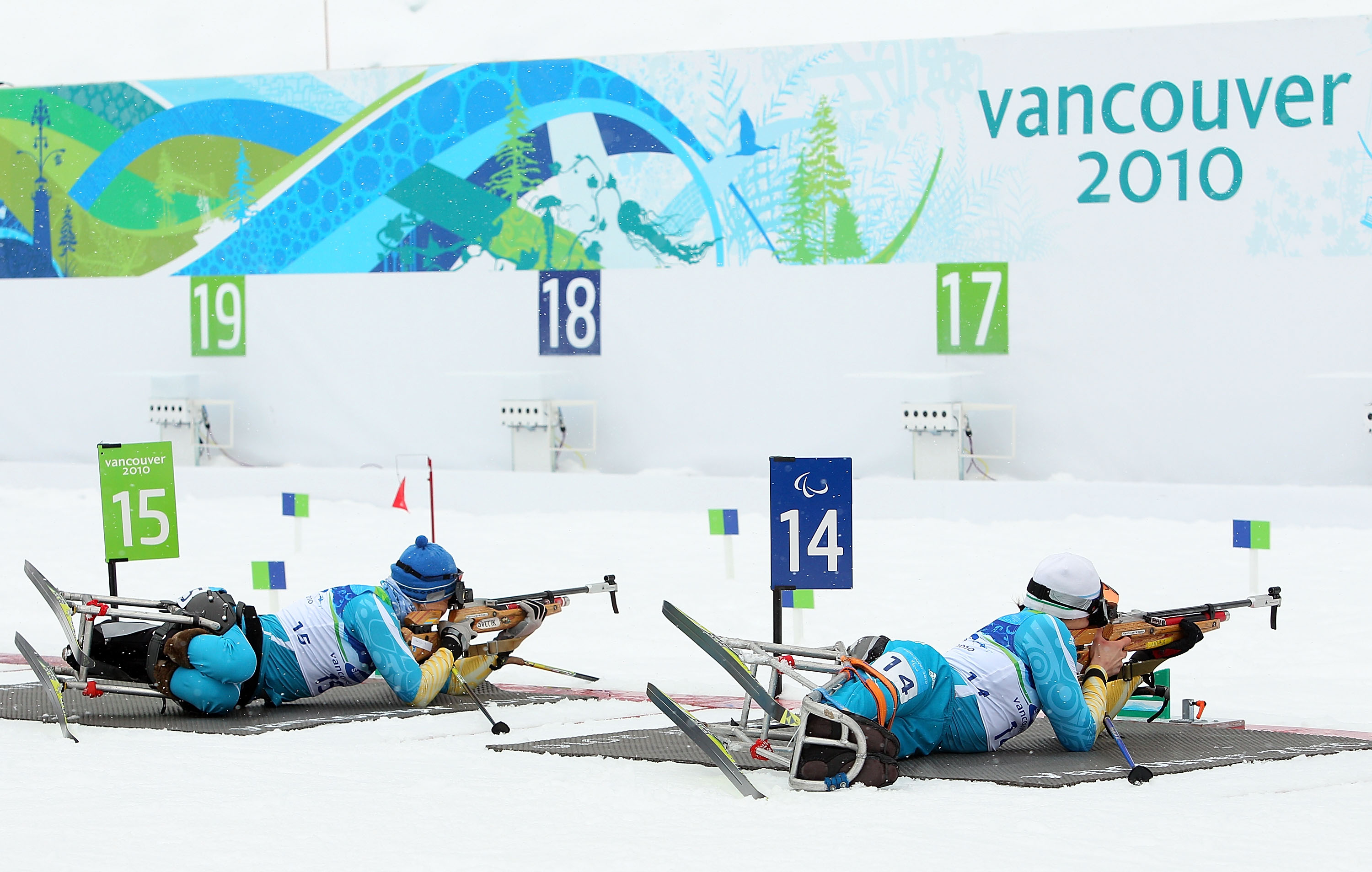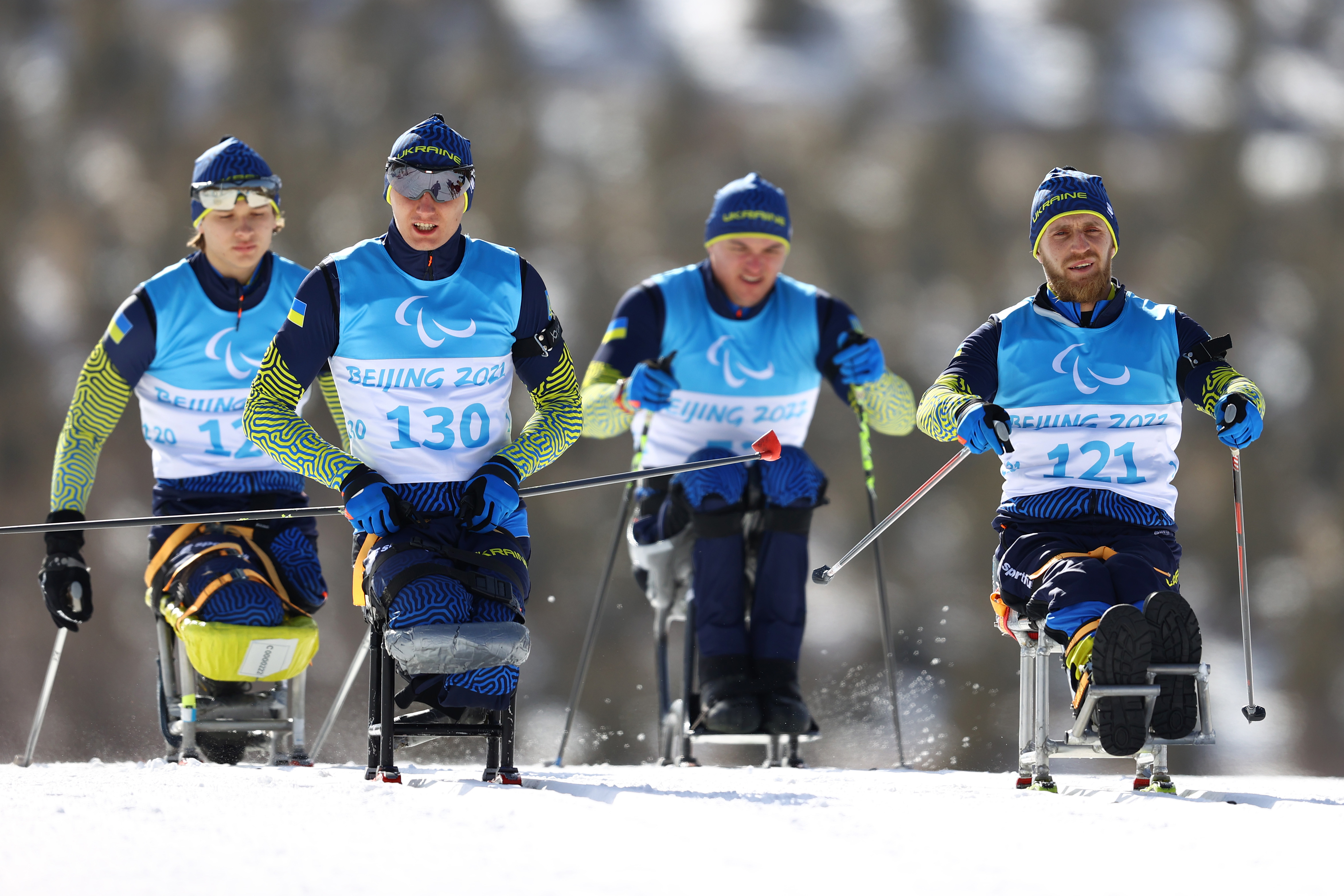You May Like This
Strength and endurance, precision and cold blood: this is Para biathlon, ready to thrill everyone at the Paralympic Winter Games Milano Cortina 2026
A mix of resistance and precision at the highest level is the best way to describe Para biathlon. Since its beginnings at the Paraylimpic Winter Games of Innsbruck 1988, this discipline has become one of the most fascinating and adrenaline-filled of the entire Olympic Winter Games, and a must at all Paralympic events.
So, what are the rules of this fascinating discipline? Let's find out together.
Basic Rules
Paralympic biathlon was included in the Paralympic Winter Games Innsbruck 1988 only for athletes with physical disabilities, while athletes with visual disabilities had to wait until 1992 to start competing. The first historic Paralympic edition hosting the discipline as we know it today was Lillehammer 1994.
This sport requires strength, concentration, technique and endurance. Together with cross-country skiing, it is part of Nordic skiing at the Paralympic Games, and combines cross-country skiing and small-calibre rifle shooting.
Competitions take place along loops of different lengths, based on the speciality, and athletes run along them and carry out a shooting session at the range on each lap. The rifle is left at the range.
Events in Milano Cortina 2026
The events consist of a 2 or 2.5km course, to be skied three to five times in freestyle, for a total distance between 6 and 15km. The men's events are held over 7.5, 12.5 and 15km, while the women's events are held over 6, 10 and 12.5km.
Between the two stages, athletes must hit two targets located 10 metres away. Each mistake is penalised by increasing the overall track time. The most important success factor lies in the ability to alternate physical endurance and shooting accuracy during the competition.
There are two groups of athletes in this sport; the "standing" group includes physically disabled skiers who are still able to use two skis, even with prostheses. People with upper limbs disabilities ski without poles, or with only one pole; at the shooting range, after positioning the rifle with the surviving arm or through shoulder movements, they give the order to shoot to a coach, who pulls the trigger. The "sitting" group, on the other hand, includes skiers who are unable to stand on two skis. To ski, they use a toboggan, also called a sit-ski, consisting of a seat mounted on two cross-country skis.
Visually impaired and "standing" skiers compete in freestyle technique. While "sit-ski" athletes use a technique similar to the classic one.
Athletes with impaired vision are assisted by acoustic signals that, depending on the signal strength, indicate when the athlete is on target.
Competition Equipment
The official equipment for practising this sport consists of: a small-calibre rifle, a target, and a sit-ski or skis as required. Let's go over them in detail.
Rifle: The weapon may be any type of conventionally-looking air or CO2 rifle, with a five-shot magazine, complying with the rules of the International Shooting Sport Federation. For the Blind class, the rifle is equipped with electro-acoustic glasses. Athletes with a vision impairment shoot with an electronic rifle that allows them to aim with their hearing. As the rifle points towards the centre of the target, the tone becomes louder. The different tones produced when the rifle is moved allow the shooter to find the exact centre of the target.
Target: Biathlon employs metal drop targets that consist of a white frontal plate with five target openings, and behind them five independently falling and shooting targets. The scoring plates must be black. A hit is indicated by replacing the black circle of the target with a white indicator disc. The target diameter is 21mm for visually impaired athletes (class B) and 13mm for athletes with physical disabilities (class LW).
Sit-ski: Some athletes with physical disabilities in their lower limbs compete from a seated position using a sit-ski. The seat includes seat belts and other straps.
Skis: Classic fibreglass skis are usually 25-30cm taller than the skier's height. They are light, weighing less than 0.45kg each, and narrow, with curved tips and a thicker, curved central part. Freestyle skis are about 10-15cm shorter to allow for greater manoeuvrability. They are also nominally stiffer and have less curved tips than classic technique skis. The underside of both types of skis has a groove in the centre to keep the ski straight on slopes.
One Sport, Multiple Classifications
In order to foster a safe competition, all Paralympic sports have a system that ensures that victory is determined by sporting factors, such as skill, physical fitness, power, endurance, tactical ability and mental focus. This system is called "classification".
The classification determines which athletes are eligible to compete in a sport and how they are then grouped for competition in order to minimise the impact on their athletic performance. As for Para biathlon, there are - as mentioned earlier - three different types of categories: LW 2/9 - mobility impairment, LW 10/12, sitting and B 1/3, visually impaired and blind.
Tesero, Home of Para biathlon
Amidst tradition, art and sporting glories, Tesero is the cradle of Val di Fiemme, and was the first location south of the Alps to host a Nordic World Ski Championship. That was in 1991, and from then on, Tesero became one of the reference points for international Nordic skiing, thanks, above all, to the Centro di Fondo di Lago, which guarantees excellent conditions, with its highly skilled and specialized organizers. Some indelible pages of the Cross-Country Skiing World Cup, and more recently the Tour de Ski - an event of which Val di Fiemme has been a fixed and final stop since the first edition - have been written on the Tesero slopes.
The races will be hosted at the Tesero Cross-Country Skiing Stadium. The Fabio Canal Cross-Country and Biathlon Centre is located at 830m above sea level. The 19km of slopes are always challenging, and mostly suitable for both skating and classic style. Some of the slopes are also artificially lit, making night skiing possible. It will host all of Milano Cortina 2026 and Paralympic cross-country skiing and biathlon competitions.
All the excitement of this incredible sport awaits you at Milano Cortina 2026, where the world's best athletes will battle each other - sportingly speaking - to win the medals up for grabs. An unmissable show, to be experienced from the grandstands of Val di Fiemme!
You May Like This













































































